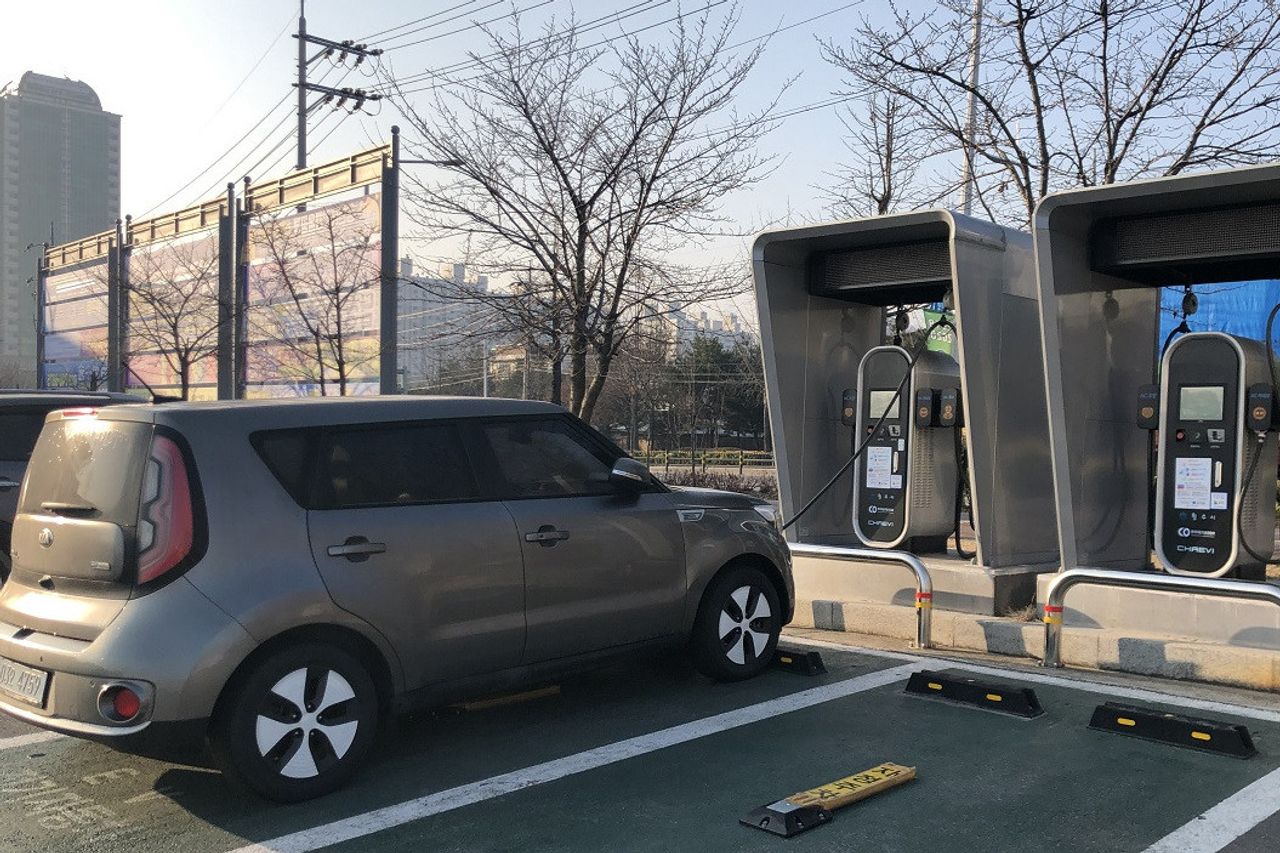South Korea Plans To Incorporate Electric Vehicles In SIM Exams Starting Next Year

JAKARTA - Korea will start entering electric vehicles in the national SIM test no later than next year, the National Police Agency said late last month.
This initiative aims to address the increasing popularity of environmentally friendly electric vehicles.
Currently, only vehicles with internal combustion engines powered by gasoline or diesel are used at the test site.
The agency said partial amendments to Road Traffic Law enforcement regulations, which allow electric vehicles to be stationed at SIM test sites, had been discussed and decided at a meeting of the National Police Commission, quoted from The Korea Times November 8.
The amendment will be carried out at the end of the year after the initial notification of the law and review by the Ministry of Government Legislation.
In particular, most of the 1 ton trucks used in level 1 SIM tests use a diesel model whose production has been stopped, which is difficult to replace.
Once the amendments are made, applicants for the practice test will randomly be selected for electric vehicles or internal combustion vehicles for the test.
Reflecting on the characteristics of electric vehicles, the technical test assessment standards will also be adjusted.
"This will have an impact on increasing the adaptability of drivers in line with the deployment of electric vehicles as well as fulfilling the obligation of public institutions to buy environmentally friendly cars," said an official from the National Police Agency.
SEE ALSO:
"The specific time and size of the implementation will be determined by the Road Traffic Authority," he continued.
Revised enforcement regulations also include permits to use large trucks for level 1 testing for large vehicles and vans equivalent to 1 tonne trucks.
Currently, testing is only allowed for 1 ton of buses and trucks. However, due to the increasing number of vehicles on the market, there are concerns that only a few test vehicles meet existing standards, making it difficult to replace them even after years of use.


